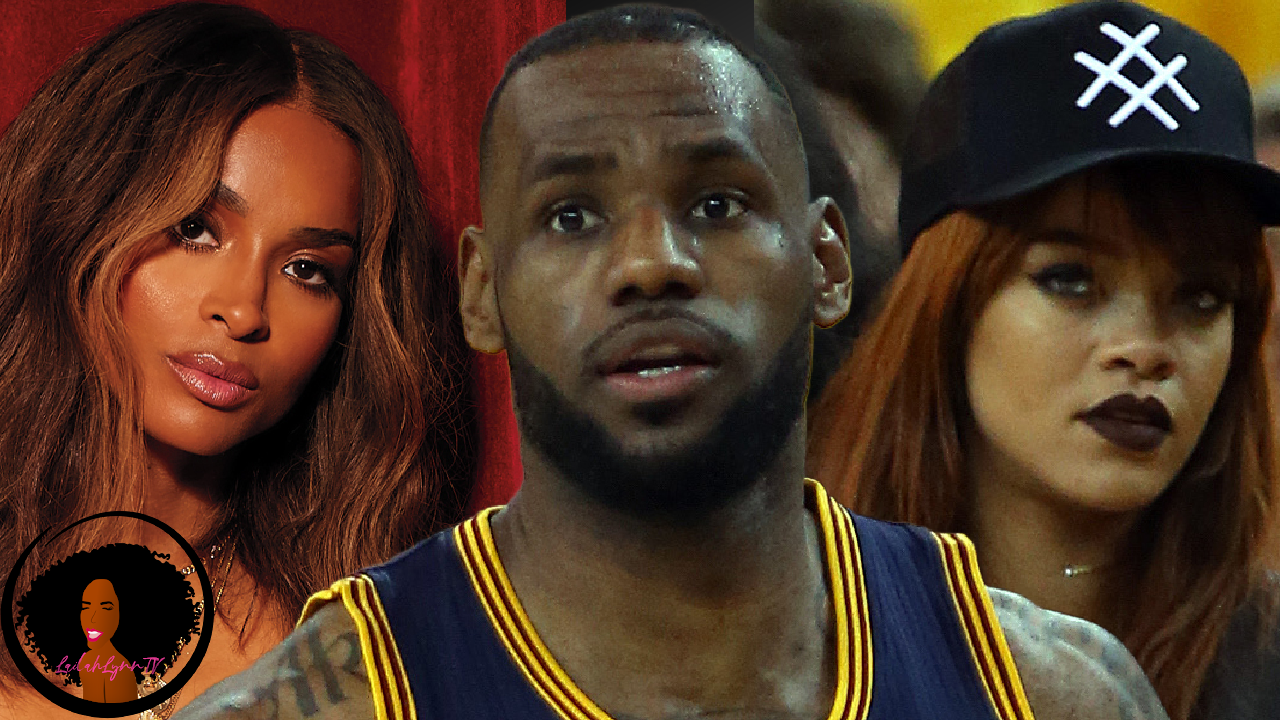When Eddie Murphy’s “Boomerang” hit theaters in 1992, it made waves for its fresh take on romantic comedy with a predominantly Black cast. The movie, set in the world of high-powered advertising, focused on successful Black professionals, which was a breath of fresh air in an industry that often pigeonholed Black characters into stereotypical roles. But amidst its groundbreaking representation, the film also faced backlash, particularly for its lack of white leading characters. Let’s dive into the controversy and why it sparked such a heated debate.
A New Kind of Criticism
“Boomerang” was celebrated for showcasing Black excellence, with Eddie Murphy as Marcus Graham, a suave and successful ad executive. The film was filled with strong performances from Halle Berry, Robin Givens, and other talented Black actors. However, some critics and audiences were quick to point out the absence of white leads, branding the film as unrealistic and even labeling it as “reverse racism”.
Hollywood’s Double Standards
Here’s where the double standard comes into play. Hollywood has a long history of predominantly white casts without facing similar criticism. Think about movies like “Friends,” where the lack of diversity rarely sparked mainstream outrage. Yet, when “Boomerang” chose to focus on Black characters in a positive light, some critics couldn’t handle the idea that a successful, affluent world could exist without white protagonists.
Reginald Hudlin, the film’s director, pointed out this hypocrisy. He noted that movies featuring negative stereotypes of Black people often went unchallenged, but a film portraying them as successful professionals was seen as far-fetched. Hudlin defended “Boomerang,” emphasizing that the world depicted in the film was a reflection of reality for many Black Americans, not a fantasy.
Eddie Murphy’s Defense on Jay Leno
Eddie Murphy took the criticism head-on during an appearance on “The Tonight Show with Jay Leno.” Murphy was unapologetic about the casting choices, explaining that “Boomerang” was about showcasing a different narrative for Black people, one that wasn’t often seen in Hollywood. He defended the film’s predominantly Black cast, stating that it was important to tell stories that reflected the reality of successful Black professionals and to break away from the industry’s typical portrayals of Black characters. His bold response highlighted the importance of representation and the need for diversity in storytelling.
Reality Check
The criticism also ignored the fact that predominantly Black environments, especially in urban settings like New York City, are very much a reality. Hudlin mentioned that the film mirrored the diversity of New York, a city where Black and Latino populations are significant. He compared the film’s representation to that of Woody Allen’s movies, which rarely featured Black characters despite being set in the same city. Hudlin’s point was clear: “Boomerang” was no less realistic than the numerous films that portray an all-white world.
Breaking the Mold
Despite the backlash, “Boomerang” proved that movies with Black leads could be commercially successful and culturally significant. It opened doors for future films and TV shows to feature predominantly Black casts without the need for white leads to validate their stories. The film’s success was a testament to the desire for more diverse and representative storytelling in Hollywood.
The Legacy
In the end, “Boomerang” remains a classic, not just for its humor and romance, but for its bold statement on representation. It challenged the industry’s norms and sparked important conversations about racial diversity in film. While it faced its share of criticism, the movie’s impact is undeniable, paving the way for more inclusive narratives.
So next time you watch “Boomerang,” remember it’s more than just a romantic comedy. It’s a milestone in the ongoing journey towards equal representation in Hollywood, one that dared to show the world that Black success doesn’t need to be filtered through a white lens to be valid or entertaining.



